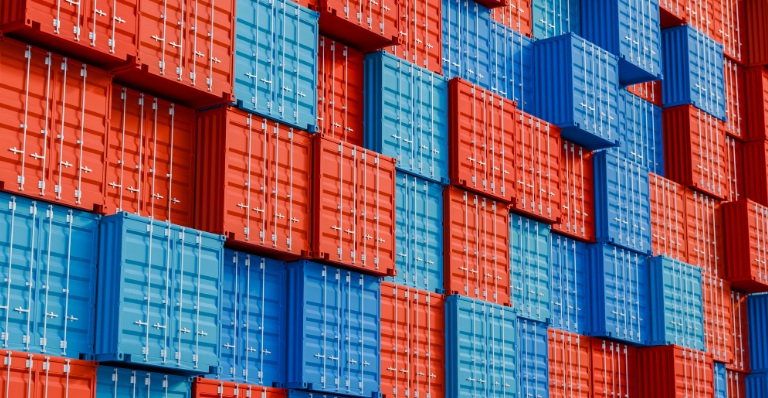Change is no more evident today than in near-term forecasts. In COVID-19, we’re dealing with an event and a response that no living economist has seen or studied before. We’re all learning as we go. All the same, whether you believe it or not, economic fundamentals are still in operation. Are they telling us anything about the near-term outlook for the world economy?
Before going any further, one thing needs to be perfectly clear: pandemic data are preeminent. For the moment, they’re the leading indicator, bar none, of near-term growth. Why? Well, they determined the initial worldwide lockdown that devastated output and brought on unprecedented pan-planet monetary and fiscal stimulus. Moderation of infections, in turn, initiated the return to work and the subsequent surge in output. Today’s big question concerns second-wave infections, and what kind of full or partial shutdowns will be required.
A second critical forecast factor is the prior state of the economy: how were we fixed before we got into this fix? Unlike the global financial crisis, we didn’t enter this downturn with a large overhang of cyclical excess. In fact, it was quite the opposite. A decade of sub-standard growth left us with significant room to grow. Evidence of pent-up demand across OECD nations was abundant. And COVID-19 conditions have only added to the pent-up pressure, with precautionary prudence and a lack of things to spend on spiking bank balances and savings rates. All this suggests fundamental resilience, at the very least, the potential to rebound from the current mess.
This is one of the key reasons for a third factor: the aggressive rebound in current key indicators. Retail sales are back to pre-COVID-19 levels in the United States, the European Union and Canada, among others. Export data is also zooming back to the pre-pandemic mark, hitting the 94% threshold in Canada during July. Stock markets—a key leading indicator—are euphoric, and key commodity prices are doing far better than initially expected. Fuelled by these sources of growth, total production across the economy now seems to be just over halfway back. It’s a great achievement, but there’s still a long way to go.
At this point, it’s back to the pandemic. We have countries that are going back into full lockdown. Others are isolating problem-zones, or imposing regional lockdowns. In not a few cases, it’s stoking public unrest. Put it together, and it looks like the fast start is giving way to a more moderate global growth path.
EDC Economics fall 2020 Global Economic Outlook reveals that the current aggressive growth paving the way for a 6.6% increase in the world economy in 2021. That’s hard to fathom when many are still coming to grips with the 4.3% global decline this year, an unthinkable turn of events from 2019’s moderate-to-fair 2.9% performance. Next year’s outlook is far from fanciful, though. By the math, 6.6% doesn’t get us back to pre-pandemic levels of activity.
It also belies a messier ground-level story. Many countries have seen substantial adjustments to the short-term outlook that are hidden because they cancelled each other out. Also, disaggregate the top-line figures and it’s clear that all will not ride the growth wave. It’s clear at this point that the food, advanced technology, telecom, wood products and minerals sectors will greatly outperform oil and gas, aerospace and anything connected with business and personal tourism, and for some time to come. Countries and individuals tied to these sectors will do likewise.
Ample supplies and uncertain growth are sure to keep the lid on key commodity prices over the near term. Interest rates are ultra-low and will be for ultra-long. Currencies will experience localized volatility, but in general are expected to see very modest movement over the medium term. The Canadian dollar is expected to stay in the US74-76-cent range this year and next.
The bottom line?
We’re a long way from COVID-19’s last chapter—the drama is still unfolding, although the initial growth rebound has been very encouraging. In spite of this, don’t expect fast to last: we’re already seeing a growth moderation that will test our mettle, and future containment of infections is far from guaranteed. Resumption of the Northern Hemisphere’s school season is a key test of the system, and we’ll be watching events closely. For now, we take comfort in the economy’s current resilience, potent stimulus and pent-up spending. If containment goes well, the economy still has key sources of firepower.
This commentary is presented for informational purposes only. It’s not intended to be a comprehensive or detailed statement on any subject and no representations or warranties, express or implied, are made as to its accuracy, timeliness or completeness. Nothing in this commentary is intended to provide financial, legal, accounting or tax advice nor should it be relied upon. EDC nor the author is liable whatsoever for any loss or damage caused by, or resulting from, any use of or any inaccuracies, errors or omissions in the information provided.






